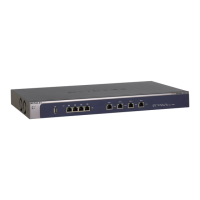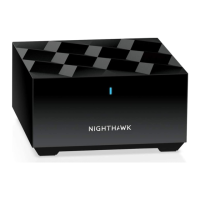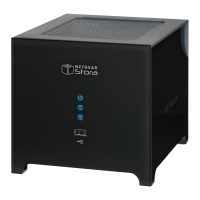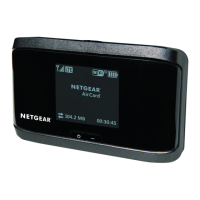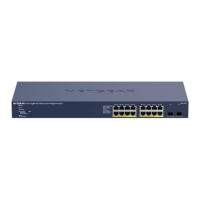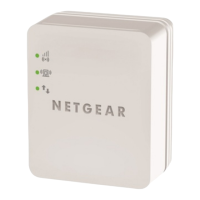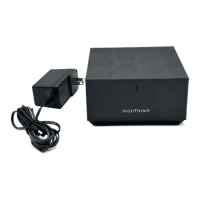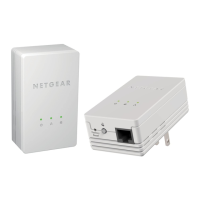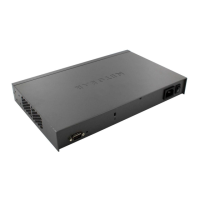Firewall Protection
137
ProSecure Unified Threat Management (UTM) Appliance
Figure 71.
In the Action column to the right of to the rule, click one of the following table buttons:
• Edit. Allows you to make any changes to the rule definition of an existing rule. Depending
on your selection, either the Edit LAN DMZ Outbound Service screen (identical to
Figure 72 on page 138) or the Edit LAN DMZ Inbound Service screen (identical to
Figure 73 on page 138) displays, containing the data for the selected rule.
• Up. Moves the rule up one position in the table rank.
• Down. Moves the rule down one position in the table rank.
To delete or disable one or more rules:
1. Select the check box to the left of each rule that you want to delete or disable, or click
the Select All table button to select all rules.
2. Click one of the following table buttons:
• Disable. Disables the selected rule or rules. The ! status icon changes from a green
circle to a gray circle, indicating that the selected rule is or rules are disabled. (By
default, when a rule is added to the table, it is automatically enabled.)
• Delete. Deletes the selected rule or rules.
LAN DMZ Outbound Service Rules
You can change the default outbound policy or define rules that specify exceptions to the
default outbound policy. By adding custom rules, you can block or allow access based on the
service or application, source or destination IP addresses, and time of day. An outbound rule
can block or allow traffic between the DMZ and any internal LAN IP address according to the
schedule created in the Schedule screen.
To create a new outbound LAN DMZ service rule:
1. In the LAN DMZ Rules screen, click the Add table button under the Outbound Services
table. The Add LAN DMZ Outbound Service screen displays:
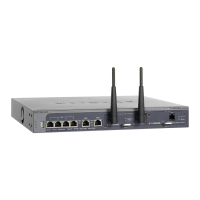
